Discover the beauty of Blue Hibiscus! Learn how to grow and care for this stunning flower in your garden. Get tips on planting, watering and more in our complete guide.
Blue Hibiscus is a beautiful flower that can make any garden look special. While it’s not as common as red or pink hibiscus, it’s just as lovely. In this guide, we’ll tell you all about Blue Hibiscus and how to grow it. Whether you’re new to gardening or have been doing it for years, you’ll find helpful tips here.
Here’s the information chart for “Blue Hibiscus”:
| Botanical Name | Alyogyne huegelii |
|---|---|
| Common Name | Blue Hibiscus |
| Plant Type | Evergreen shrub |
| Hardiness Zone | USDA zones 9-11 |
| Sun Exposure | Full sun |
| Soil Type | Well-drained, sandy or loamy |
| Watering Needs | Moderate |
| Growth Habit | Upright, bushy |
| Height/Spread | 6-10 feet tall, 6-10 feet spread |
| Special Features | Showy blue to purple flowers, drought-tolerant |
What is Blue Hibiscus?
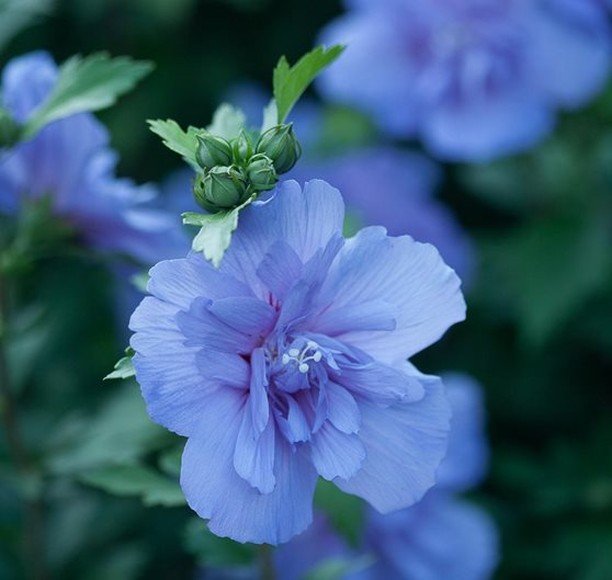
First, let’s talk about what Blue Hibiscus really is. The truth is, there’s no truly blue hibiscus in nature. What people call “Blue Hibiscus” is usually one of these:
- Alyogyne huegelii: This is an Australian plant that looks a lot like hibiscus. Its flowers are purple-blue.
- Hibiscus syriacus ‘Blue Bird’: This is a type of Rose of Sharon. It has lavender-blue flowers.
- Hibiscus mutabilis ‘Blue Magic’: This is a hibiscus that changes color. It starts white and turns blue-purple as it ages.
For this guide, we’ll focus on Alyogyne huegelii, which is what most people mean when they say “Blue Hibiscus.”
Why Grow Blue Hibiscus?
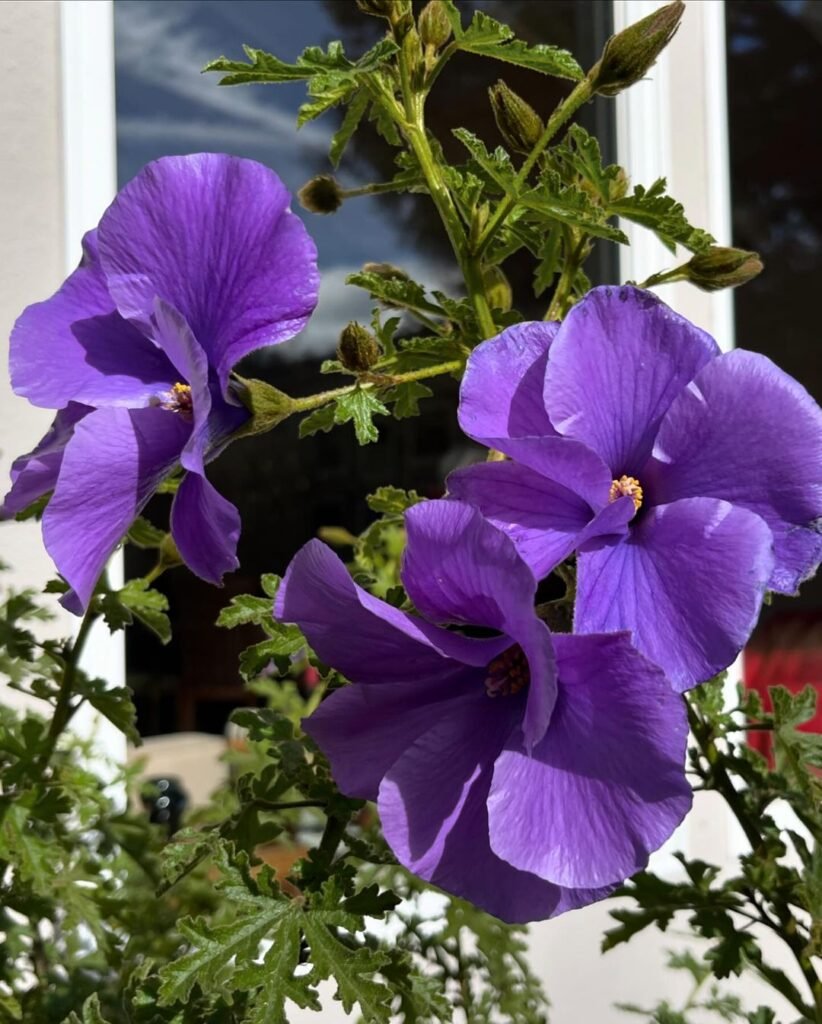
There are many reasons to grow Blue Hibiscus:
- Beautiful flowers: The big, blue-purple flowers are eye-catching.
- Long blooming season: It can bloom for many months.
- Attracts pollinators: It’s great for butterflies and bees.
- Drought-tolerant: Once established, it doesn’t need much water.
- Fast-growing: It can quickly fill a space in your garden.
How to Grow Blue Hibiscus
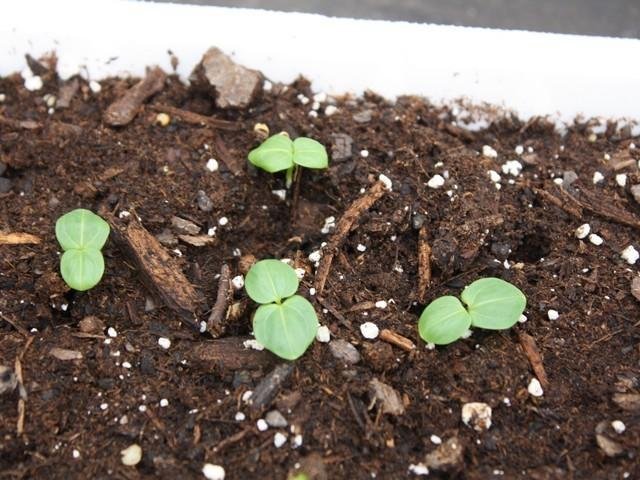
Now, let’s look at how to grow Blue Hibiscus:
- Climate: Blue Hibiscus likes warm weather. It grows best in USDA hardiness zones 9-11. If you live somewhere colder, you can grow it in a pot and bring it inside for winter.
- Sun: This plant loves sun. Give it at least 6 hours of direct sunlight each day.
- Soil: It likes well-draining soil. If your soil is heavy clay, mix in some sand or compost to improve drainage.
- Planting: The best time to plant is in spring or fall. Dig a hole twice as wide as the root ball. Place the plant in the hole at the same depth it was in its pot.
- Spacing: If you’re planting more than one, space them 3-5 feet apart. They grow big!
- Watering: Water deeply when you first plant. After that, water once a week if it doesn’t rain.
Caring for Blue Hibiscus
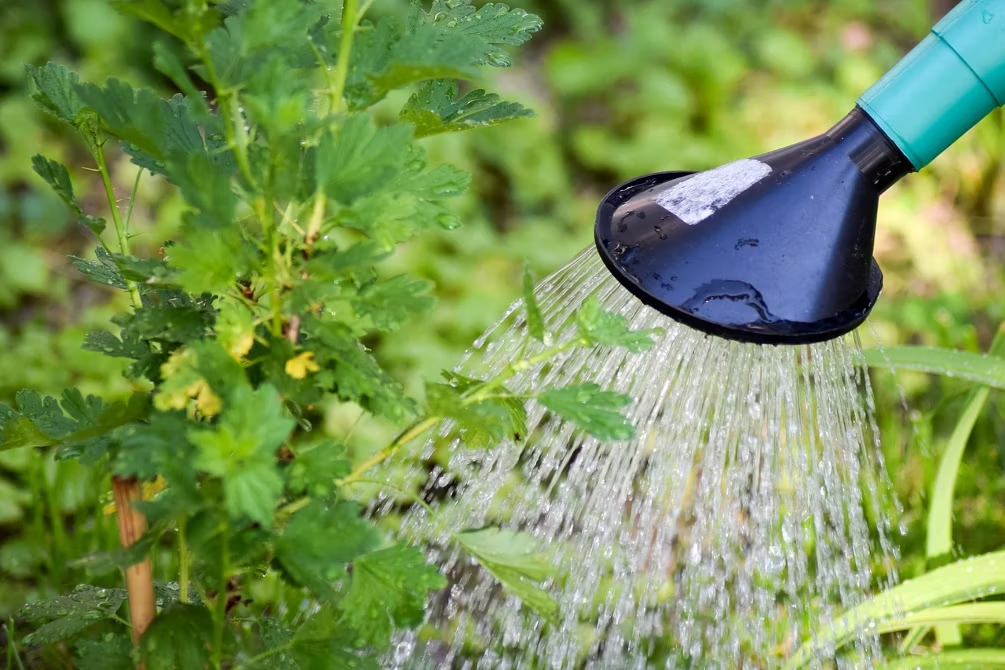
Once your Blue Hibiscus is planted, here’s how to take care of it:
Watering
Once established, Blue Hibiscus is drought-tolerant. Water deeply once a week in dry weather.
Fertilizing
Use a balanced, slow-release fertilizer in spring. Don’t overfeed – too much fertilizer can reduce blooming.
Pruning
Prune in late winter or early spring. Cut back by about one-third to keep the plant bushy.
Mulching
Add a 2-3 inch layer of mulch around the plant. This helps keep moisture in and weeds out.
Winter care
If you live in a cold area, grow your Blue Hibiscus in a pot. Bring it inside when temperatures drop below 50°F (10°C).
Common Problems and Solutions
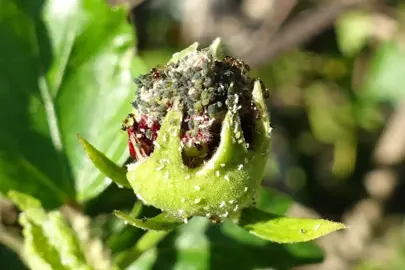
Like all plants, Blue Hibiscus can have some problems. Here are common issues and how to fix them:
- Yellow leaves: This could mean overwatering or poor drainage. Make sure the soil drains well.
- Few flowers: The plant might not be getting enough sun. Move it to a sunnier spot.
- Pests: Watch for aphids and spider mites. If you see them, spray the plant with water or use insecticidal soap.
- Diseases: Fungal diseases can happen if the plant stays too wet. Improve air circulation and avoid wetting the leaves when watering.
Using Blue Hibiscus in Your Garden

Blue Hibiscus is versatile in the garden. Here are some ideas:
- Focal point: Plant it alone as a stunning focal point.
- Hedge: Plant several in a row to create a beautiful, flowering hedge.
- Container plant: Grow it in a large pot on a patio or balcony.
- Mixed border: Combine it with other sun-loving plants for a colorful display.
Remember, Blue Hibiscus can grow quite large – up to 8 feet tall and wide. Make sure you give it enough space to grow.
Blue Hibiscus and Wildlife
Blue Hibiscus isn’t just pretty – it’s also great for wildlife. Here’s why:
- Butterflies love the nectar-rich flowers.
- Bees visit the flowers for pollen and nectar.
- Birds may use the plant for shelter.
By growing Blue Hibiscus, you’re helping local wildlife. The U.S. Fish and Wildlife Service has more information on gardening for wildlife.
Frequently Asked Questions
Here are some common questions about Blue Hibiscus:
Q: How fast does Blue Hibiscus grow?
A: It grows quickly, often 2-3 feet per year.
Q: Can I grow Blue Hibiscus from seeds?
A: Yes, but it’s easier to start with a young plant from a nursery.
Q: How long does Blue Hibiscus live?
A: With proper care, it can live for many years.
Q: Is Blue Hibiscus toxic to pets?
A: No, it’s not known to be toxic to cats or dogs. But it’s always best to keep pets from eating any plants.
Q: Can I grow Blue Hibiscus indoors?
A: It’s possible, but challenging. It needs a lot of light and humidity.
Blue Hibiscus is a beautiful plant that can bring a unique color to your garden. With the right care, it will reward you with stunning flowers for many months. Remember to give it plenty of sun, well-draining soil and regular water when it’s young. Whether you’re growing it in the ground or in a pot, Blue Hibiscus is sure to be a showstopper in your garden.
Growing Blue Hibiscus can be a fun and rewarding experience. It’s a great way to add color to your garden and help local wildlife. With this guide, you’re well on your way to growing beautiful Blue Hibiscus. Happy gardening!